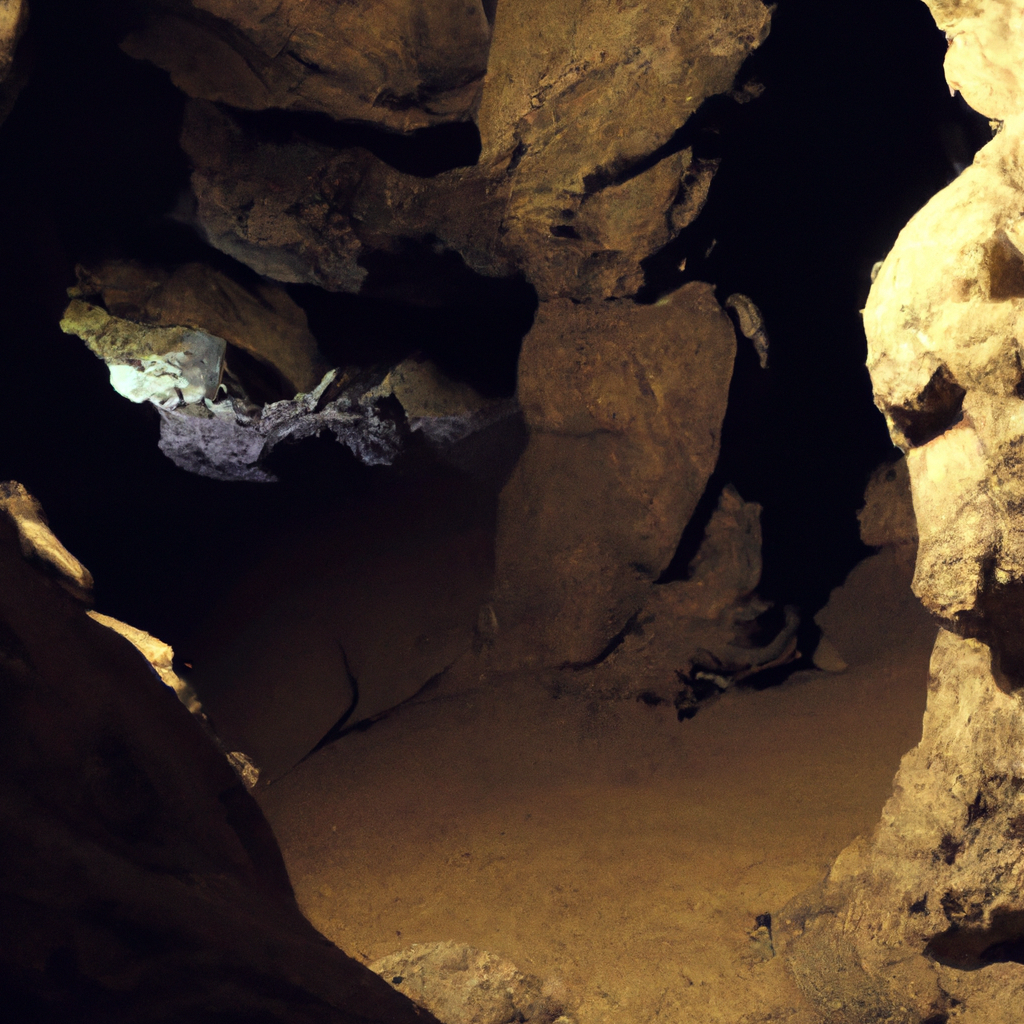Caves formation: Understanding the Karst topography
Caves are fascinating geological formations that have captured the human imagination for centuries. These underground wonderlands are formed by a variety of natural processes, but the most common method is through Karst topography. In this article, we will explain what Karst topography is, the formation of caves, and some of the most famous cave systems around the world.
What is Karst topography?
Karst topography refers to the landscape formed by the dissolution of soluble rocks such as limestone, dolomite, and gypsum. Over time, water seeps through the porous rocks, creating cracks and fissures in the ground. As the water flows, it dissolves the rock, creating underground channels and caverns.
Karst topography is characterized by unique surface features such as sinkholes, disappearing streams, and springs. These landscapes are common in areas with soluble rocks and a high concentration of rainfall. Some of the most famous Karst topography sites are found in the Mediterranean, China, and Southeast Asia.
Formation of caves
Caves are formed as a result of the dissolution of limestone rock. Limestone is a sedimentary rock composed of calcium carbonate, which is easily dissolved by acidic water. Rainwater that contains carbon dioxide is naturally acidic, and when it seeps through limestone, it reacts with the calcium carbonate, dissolving it and creating cavities in the rock.
Over time, these cavities grow larger as water continues to flow through them, creating underground streams and rivers. As the limestone is dissolved, it can create unique formations such as stalactites, stalagmites, and other speleothems.
Exploring cave systems
The study of caves is known as speleology, and those who explore them are called spelunkers. Cave systems can be found all over the world, with some of the most famous ones located in the United States, China, and Mexico.
One of the most famous cave systems in the world is Mammoth Cave in Kentucky. This system is the longest known cave system in the world, with more than 400 miles of explored passageways. The cave system is characterized by its vast chambers and the unique rock formations found throughout the cave.
Another famous cave system is the Reed Flute Cave in China. This cave system is known for its beautiful stalactites and stalagmites, which have been illuminated with colorful lights to create a stunning visual display.
In Mexico, the Cenote Sagrado de Chichen Itza is a natural sinkhole that leads to a series of underground caves and rivers. This cave system was used by the ancient Mayan people as a site for religious ceremonies and sacrifices.
Conclusion
Caves are formed through the dissolution of limestone rock by acidic water. This process is part of the Karst topography, which is characterized by unique surface features such as sinkholes and disappearing streams. Cave systems can be found all over the world and are explored by spelunkers who study the unique formations found within them. Understanding the formation of caves is essential for understanding the geological processes that shape our planet.







